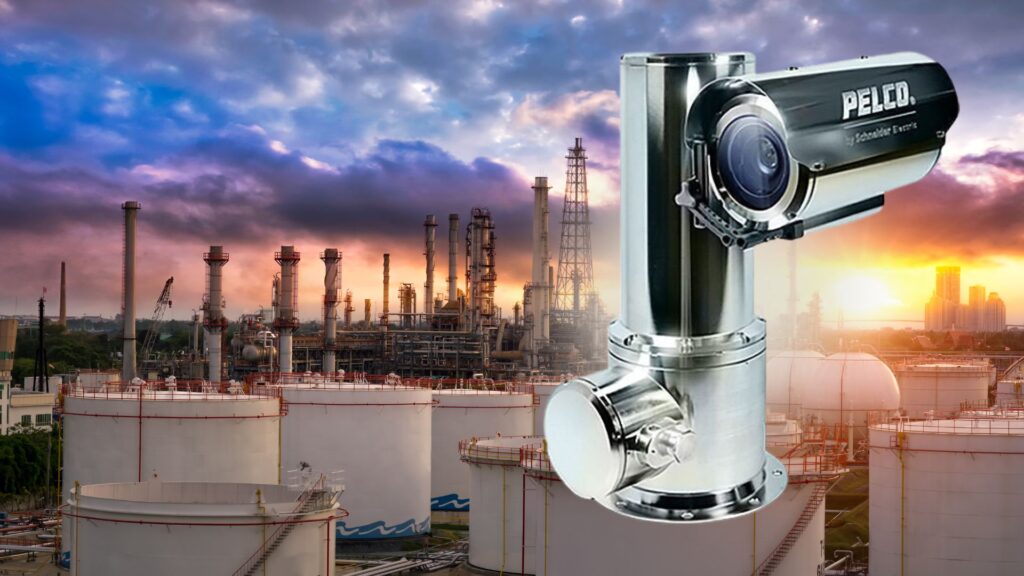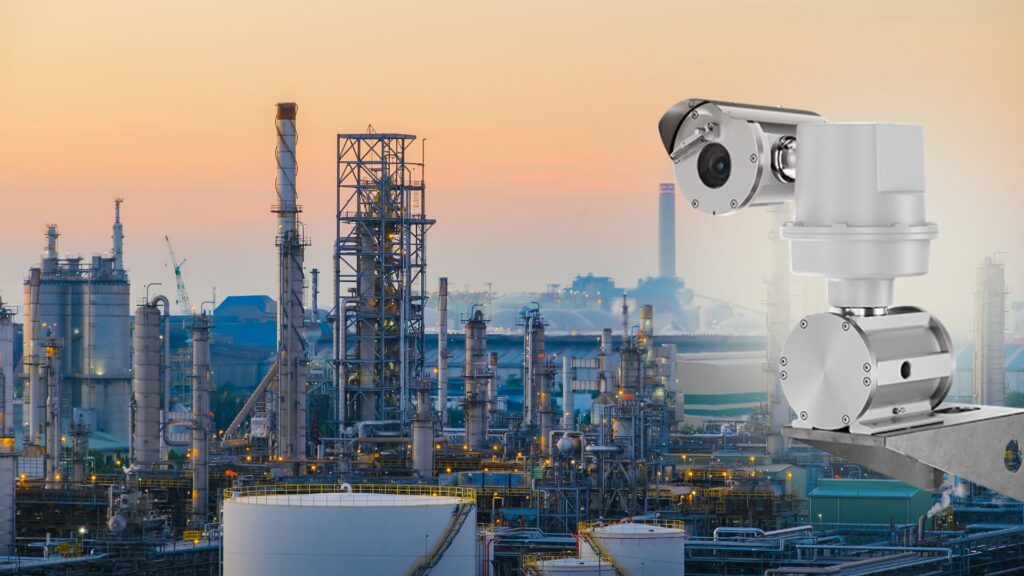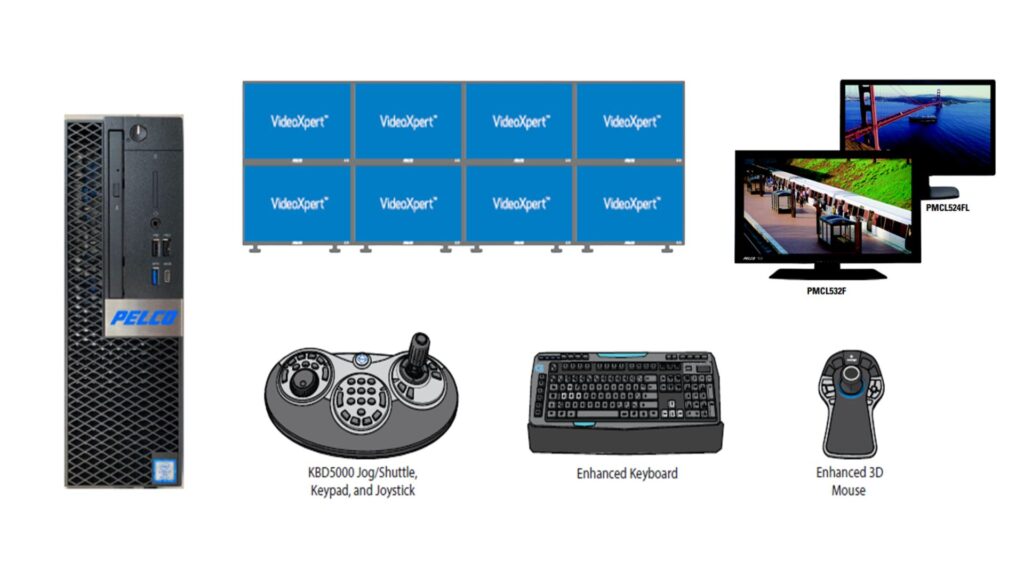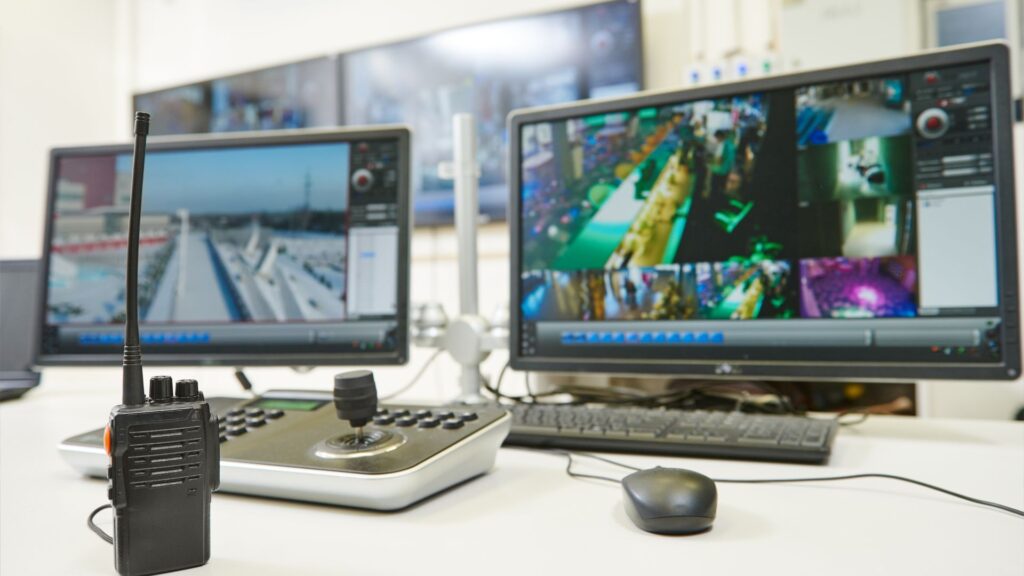The use of IP CCTV systems for hazardous environments is growing in popularity, driven by the need to ensure the safety and security of both people and assets. This is critical in hazardous environments, where potential risks and challenges can pose significant threats.
These systems combine the power of surveillance cameras with the versatility of internet connectivity, revolutionizing safety measures in hazardous environments.
The Nature of Hazardous Environments
Hazardous environments encompass a wide range of settings, including industrial facilities, chemical plants, oil refineries, mining sites, and more. In these locations, various factors such as flammable substances, extreme temperatures, and high-pressure conditions create an environment where safety risks are abundant. Effective surveillance in these areas is essential not only for security purposes but also to prevent accidents, respond to emergencies, and ensure regulatory compliance.
These systems combine the power of surveillance cameras with the versatility of internet connectivity, revolutionizing safety measures in hazardous environments.

The Evolution of IP CCTV Systems
IP CCTV systems have come a long way from traditional analog setups. With the convergence of digital technology and internet connectivity, these systems offer several advantages that are particularly beneficial in hazardous environments.
These systems combine the power of surveillance cameras with the versatility of internet connectivity, revolutionizing safety measures in hazardous environments. Their ability to provide real-time remote monitoring, high-definition imaging, and integration with other safety systems can significantly mitigate risks and improve emergency response. As technology continues to evolve, these systems will likely become even more sophisticated, further strengthening the safety measures in the most challenging environments.
Remote Monitoring
One of the most significant advantages of IP CCTV systems is the ability to monitor the environment remotely. This is particularly advantageous in hazardous areas, where human presence may be limited due to safety concerns. Real-time monitoring via internet-enabled devices allows for timely response to any anomalies or emergencies.
High Definition Imaging
IP cameras provide high-definition imaging, which is crucial for identifying potential hazards, leaks, or equipment malfunctions. Clearer images enable quicker decision-making and reduce the likelihood of false alarms.
Flexibility and Scalability
IP CCTV systems are highly flexible and scalable. Cameras can be strategically placed in various locations, adapted to changing needs, and integrated with other safety systems, such as fire alarms or access control systems
Data Analytics
Advanced IP cameras can incorporate data analytics and artificial intelligence to identify patterns and anomalies. This predictive capability can help detect potential hazards before they escalate into emergencies.
Storage and Retrieval
Digital storage allows for easy archiving and retrieval of footage, enabling post-incident analysis for root cause identification and continuous improvement of safety protocols.
Integration with Other Systems
IP CCTV systems can be integrated with other safety and security systems, creating a comprehensive safety network. This ensures a holistic approach to hazard prevention and response.
Challenges and Considerations
Implementing IP CCTV systems in hazardous environments isn’t without challenges. Factors such as explosion-proof requirements, extreme temperature variations, and the need for redundant power sources must be taken into account. Additionally, cybersecurity measures are essential to prevent unauthorized access to the surveillance network, as compromising these systems could have severe consequences.
Challenges and Considerations
Implementing IP CCTV systems in hazardous environments isn’t without challenges. Factors such as explosion-proof requirements, extreme temperature variations, and the need for redundant power sources must be taken into account. Additionally, cybersecurity measures are essential to prevent unauthorized access to the surveillance network, as compromising these systems could have severe consequences.

Get the Right Team
In an era where safety is paramount, investing in IP CCTV systems for hazardous environments isn’t just a choice – it’s a necessity. By combining the power of digital surveillance with the ever-expanding capabilities of the internet, these systems offer a robust solution to safeguard lives, assets, and the environment in even the most challenging conditions.
Vivo Asia Engineering & Trading is an expert in the installation of IP CCTV systems and in upgrading legacy CCTV systems. Contact us today discuss your requirements!


